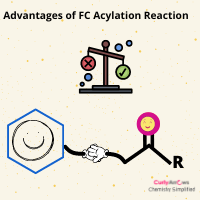Difference Between Phenol, Phenyl, Benzene, Benzyl, and Aryl
It is easy to identify the simplest aromatic hydrocarbon Benzene that is made of only two atoms- Carbon and hydrogen. Benzene is a planar, cyclic ring molecule with six sides. It has an alternating double bond that contributes to its extra stability by endowing it with resonance, a phenomenon of electron delocalization. The molecular formula of Benzene is C6H6 and the structure is-

